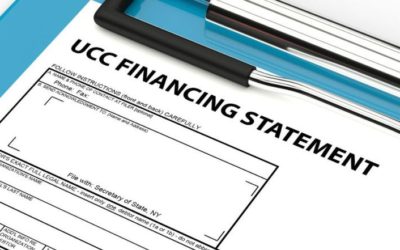The need to file bankruptcy for business debt may seem unavoidable. However, a business filing bankruptcy is not always the best choice compared to other options. Options that can help turn your business around without the headache that comes with bankruptcy. Before deciding file bankruptcy for your small business, you can pre-qualify yourself by answering a few questions.
Business Bankruptcy Options
- Is your income below the median income level for your state. This is the Chapter 7 income limit. If your income has been below the Chapter 7 bankruptcy income limit and you have no reason to believe it will increase any time soon, your income is qualifying.
- If you do not pass the income requirement to justify Chapter 7, you may still qualify based on essential cost of living expenses. Such expenses would be mortgage payments, food, clothes, medical bills and anything essential to living. Non-essential items such as home furnishings are not considered essential. If, by the end of the second test, your disposable income is below a certain level.
Chapter 7 can work well for small businesses such as sole proprietors, but for corporations or partnerships, Chapter 11 is most likely the better option.
The Chapter 11 Advantage For Larger Businesses
- Under Chapter 11 a business can keep their doors open.
- It allows for partial pay back of unsecured debts.
- It stop harassing calls from creditors by means of an automatic stay judgment.
- Restructured terms on secured debts giving more time to pay them off.
Filing for Business Bankruptcy Conclusion
You can see why we recommend exploring options other than bankruptcy. Like we said in the beginning, there are instances when going bankrupt is unavoidable, but more often than not there is a more suitable route.
The best route you can go is:
- See what options are suitable for your situation.
- Look for reputable companies who offer the suitable programs.
- Call multiple companies and begin narrowing down which one is right for you.
- After enrolling, make sure to stay on top of the new structured agreement.
Business Funders | List of Merchant Cash Advance Lenders
See a complete list of business funders that make business funding loans to businesses large and small. If you have found yourself overstacked with merchant loans, you can get a quote on restructuring your existing mca loans. A legal restructured term can dramatically...
Business Debt Settlement – Eliminate MCA Debt Without an Attorney
MCA Relief | Get Relief From Merchant Loans
Debt to income is a huge factor in determining a business's financial health. Daily payments become burdensome to businesses experiencing a downturn in revenue. Payments continue to be drafted even when the cash-flow drops. MCA relief is very real need for businesses...
MCA Restructuring | Lower Merchant Loan Payments
Debt to income is a huge factor in determining a business's financial health. Daily payments become burdensome to businesses experiencing a downturn in revenue. Payments continue to be drafted even when the cash-flow drops. MCA restructuring is very real need for...
Business Debt Help Options | Learn More
There is no shortage of options and programs designed to give relief from business debt. So, what are some of the main business debt help options, and how do you decide which is most fitting for your situation? There first step is to know what options are available....
What is a UCC-1 Lien and How to Reverse it
A UCC filing is what a creditor files in attempt to place a lien on the collateral of a debtor in default. These type of filings are filed with the Secretary of State and for the purpose of expressing interest in your collateral assets. UCC is an acronymn that stands...
What is a Confession of Judgment?
A confession of judgment is clause often hidden within a contract for a business loan or commercial lease. COJ clauses are common in alternative funding contracts such as merchant cash advances. By signing a confession of Judgment, you are signing away your right to...
Reverse MCA Consolidation Loan | What is it?
Business Debt Negotiation | When to Consider
Being overextended with debt is stressful. It is on your mind from the moment you wake up till the moment you fall asleep. It's an even more miserable feeling especially when you aren't sure how to resolve it or you think bankruptcy is your only option. Business debt...
Business Bankruptcy Alternatives
There are times when filing for bankruptcy is unavoidable. But, more times than not, there are alternative options more suitable for dealing with debt. Options that can help turn your business around without the headache that comes with bankruptcy. Some of these...











